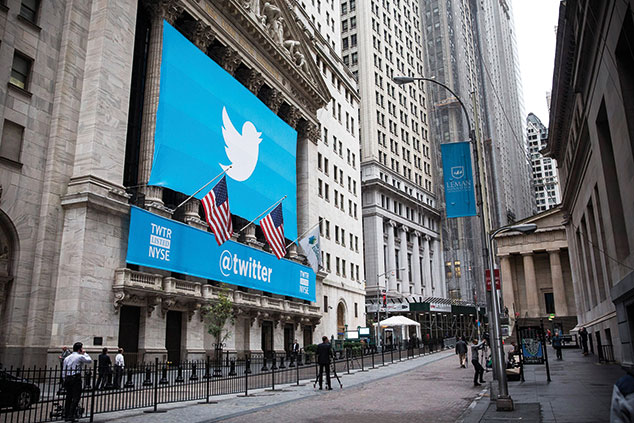
Index-tracking funds are great, cheap alternatives to their overpriced active cousins. But they aren’t flawless, says John Stepek.
We’re fans of cheap index-tracking funds. Index trackers simply aim to deliver the return on the underlying market index (less costs), rather than beat it. Yet they still do better than most of their actively managed peers (which do aim to beat the market), because their costs are so much lower. Given that it’s so hard to predict which active funds will beat the market, investing in trackers makes a lot of sense to us.
However, they are by no means flawless. A new paper from index specialists Research Affiliates (Buy high and sell low with index funds! by Rob Arnott, Vitali Kalesnik and Lillian Wu) notes that one issue with traditional capitalisation-weighted indices (where the largest stocks by market capitalisation – see below – get the biggest weighting) is that they “buy high and sell low”. Looking at the S&P 500 between 1989 and 2017, the researchers found that when stocks are added to the index (as Twitter recently was, for example), they are “routinely priced at a substantial premium” to the market.
That’s partly because, to be promoted, they had to have been doing well. But it’s also because once a promotion is announced other investors rush to buy. Similarly, when a stock is demoted there’s a rush to sell, and it underperforms as a result. Yet these effects vanish quickly as the stocks “revert to the mean”. Promoted stocks tended to underperform over the following 12 months, while demoted ones outperformed. So the index tends to buy stocks just as they peak, and sell others just as they are set to turn around.
Then there’s the tendency of the biggest stock in a given index to do poorly over time. As Rob Arnott tells Lara Crigger of ETFStream.com, the top stock “in any sector or country typically underperforms” by 5% a year over the subsequent decade. So not only do indices buy high and sell low, there is also the drag from having a large part of the portfolio invested in a poorly performing, overpriced stock.
None of this is to say that you shouldn’t use trackers – the hidden costs of “buying high and selling low” are still dwarfed by active management fees. However, it shows that there are simple ways in which these funds could be improved if they were prepared to depart from the underlying index. For example, says Arnott, rather than buy or sell as soon as changes are made to the index, “just wait a while for prices to settle down”. This would also keep turnover down by avoiding stocks that pop up into the index then rapidly fall out again. And while we wait for such a tracker fund to be launched, it’s a useful reminder of two very basic investment lessons that can be applied to any portfolio – keep your trading to a minimum, and avoid overly expensive stocks.
I wish I knew what market capitalisation was, but I’m too embarrassed to ask
Market capitalisation, often abbreviated to market cap, is the total value of all outstanding shares in a company. To get the market cap, you simply multiply the number of outstanding shares by their price. For example, there are currently just under 20 billion BP shares in issue, with a price of around 564p each, giving the oil giant a market cap of £112.8bn. The largest listed firm in the world is technology group Apple, which currently has a market cap of nearly $900bn, and is often viewed as a likely candidate for the first company to boast a
$1trn market cap.
Companies are frequently divided into “nano cap”, “micro cap”, “small cap”, “medium cap” and “large cap”, depending on size, although there is no official definition of the specific parameters of these categories. In the UK, the FTSE 100 is often referred to as the large-cap index, and the FTSE 250 as the mid-cap. Most major stockmarket indices (though not all – the Dow Jones and the Nikkei 225 are notable exceptions) are weighted by market cap, which means that changes in the value of the firms with the highest market caps will move the index more than changes in the smaller stocks.
On its own, market cap doesn’t tell you very much, other than what it would cost you to buy the entire company’s issued equity at current prices. If you divide the market cap by the company’s annual earnings, you get the price/earnings (p/e) ratio (which can also be calculated by dividing the share price by earnings per share). You can compare this with the p/e of the sector to get an idea of how expensive or cheap a company is. But this doesn’t take into account any outstanding debt, preferred stock, or cash held by the company. So analysts will often use a metric called enterprise value (EV), which does includes these factors. This gives a fuller measure of what a firm is worth and also allows the comparison of companies with different funding structures.